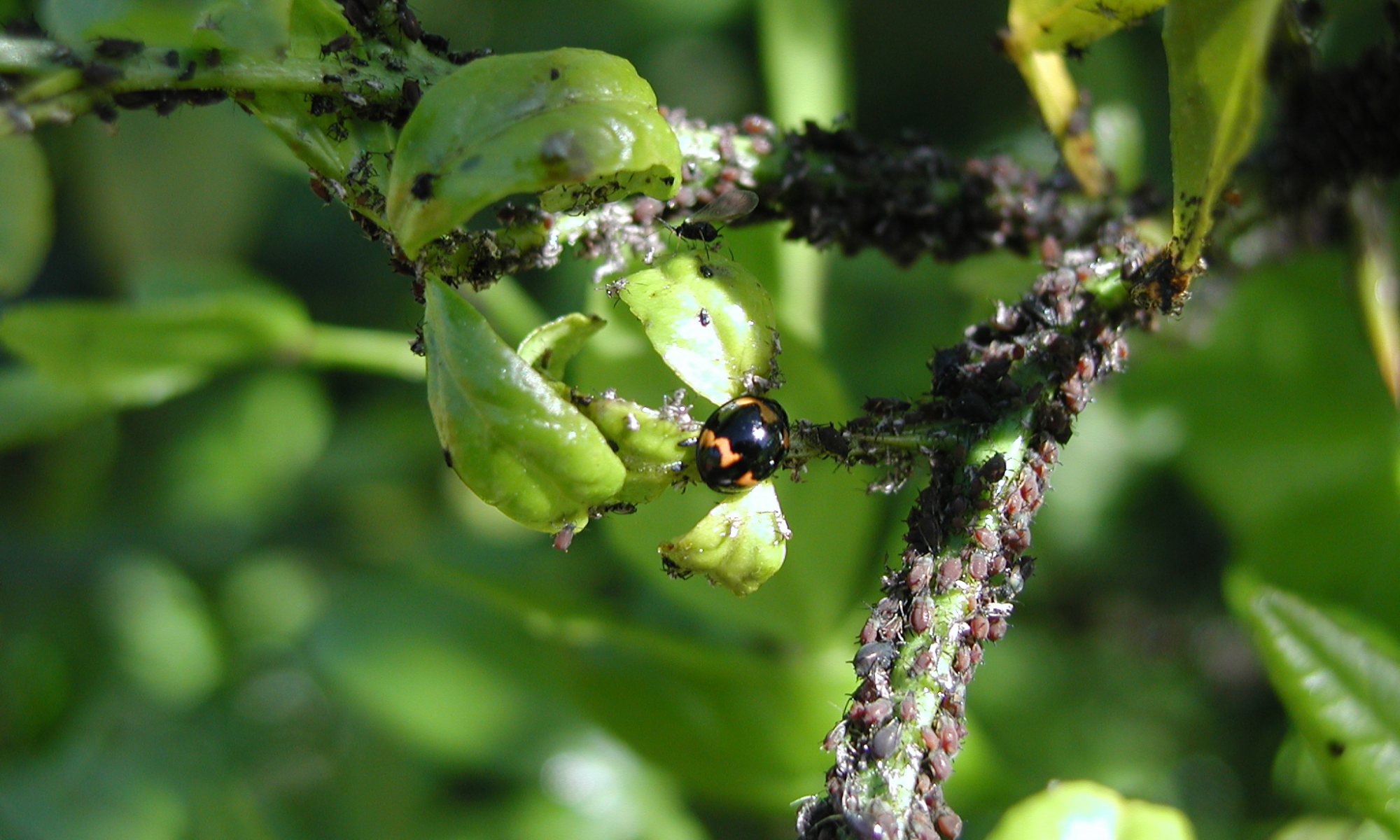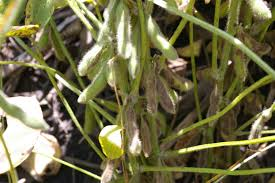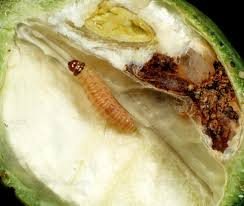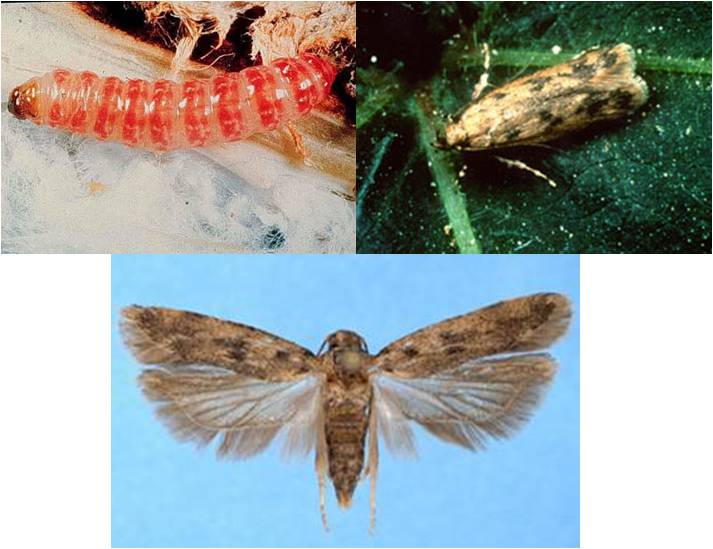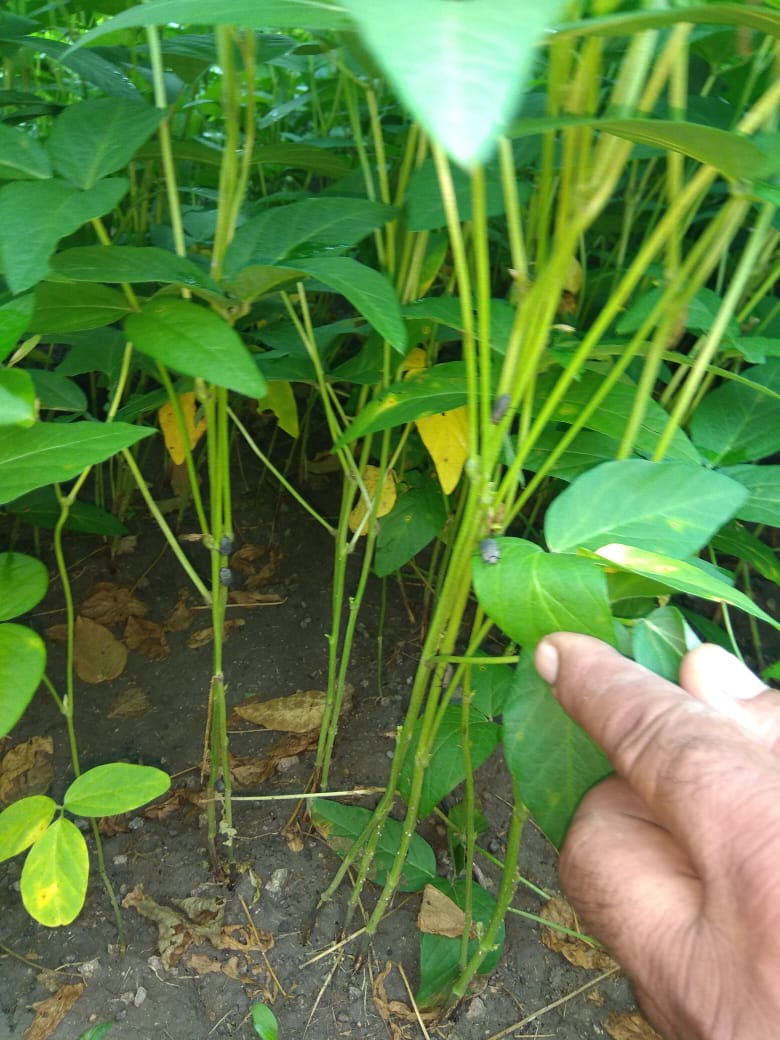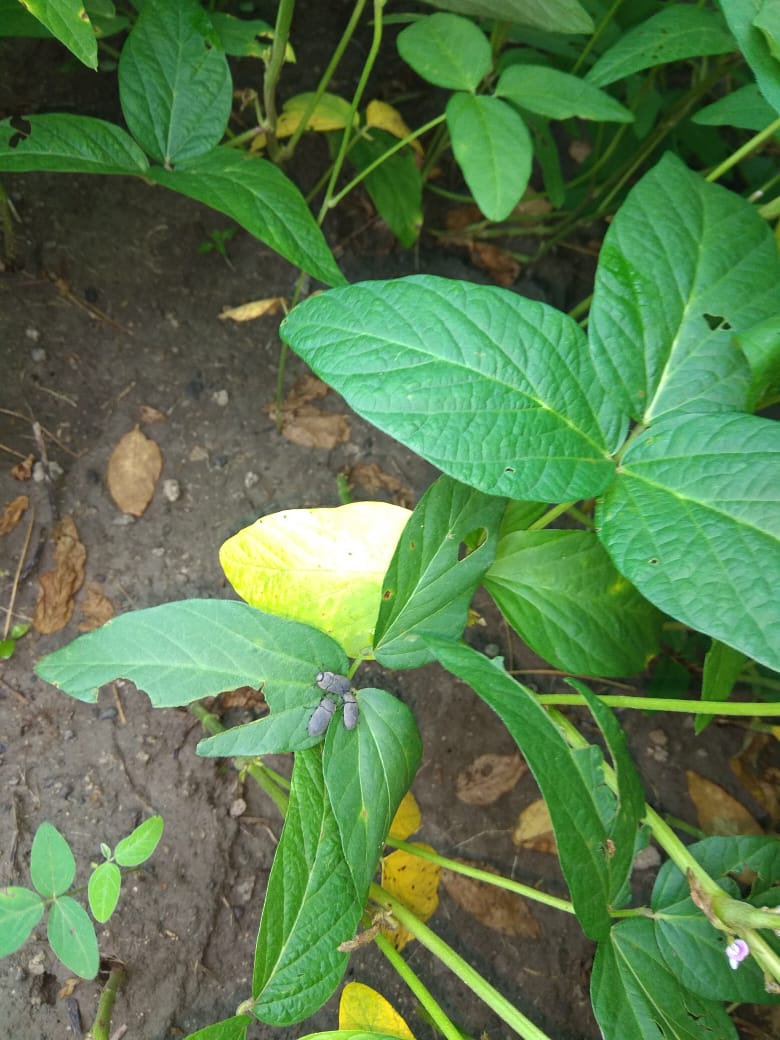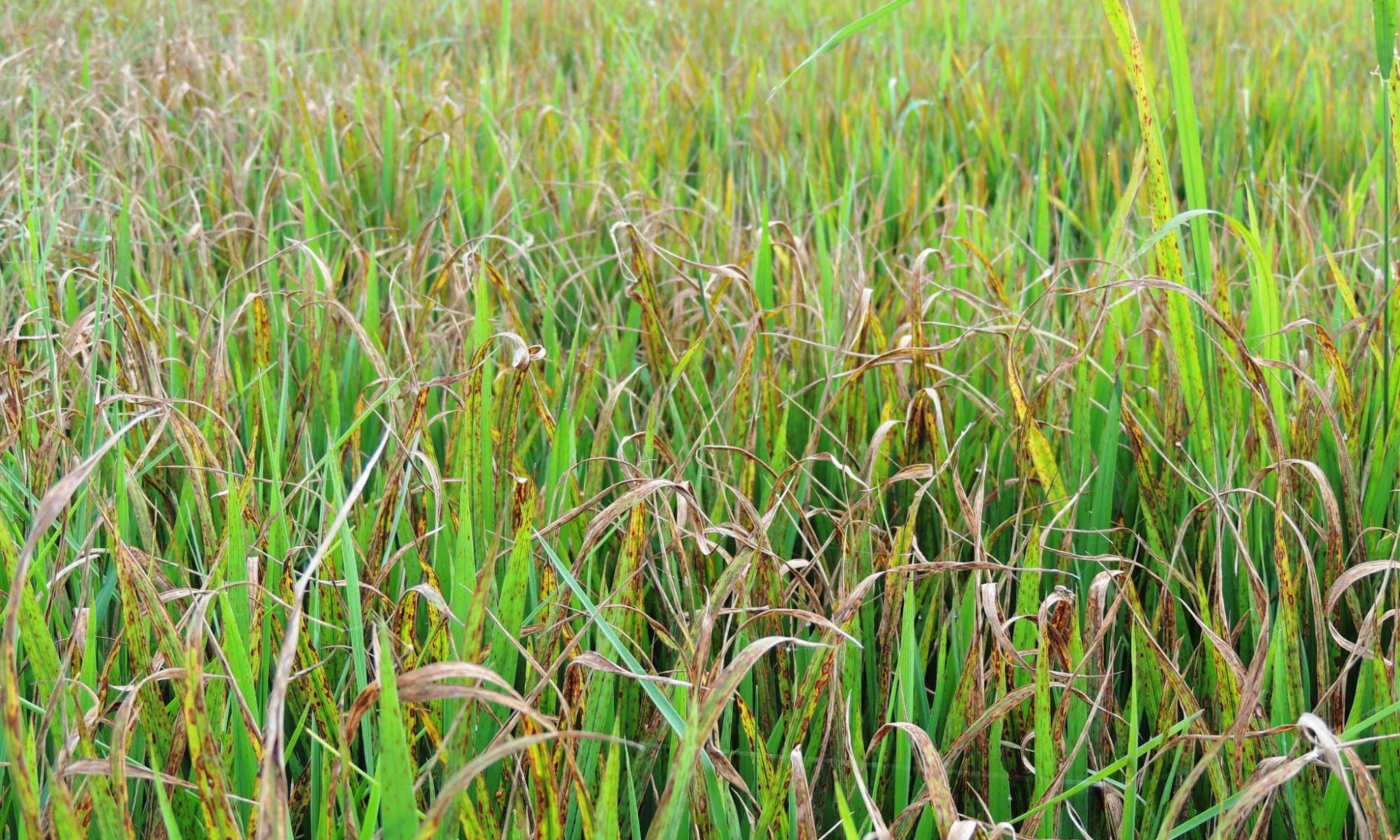Aphids Attack in Chilli Crop:-
- Nymphs and adults are both soft bodied pear shaped, blackish in colour.
- Appear on the tender shoots, leaves and on the lower surface of the leaves.
- Suck the sap and reduce the vigor of the plant.
- Secrete sweet substances which attract ants and develop sooty mold.
Control:-Spray the crop with Following insecticides at 15-20 days interval till the end of aphid population checked.
- Profenofos 50% EC @ 50 ml/ Pump.
- Acetamiprid 20 SP @ 10 gm/Pump.
- Imidacloprid 17.8% SL @ 7 ml/pump.
- Fipronil 5% SC @ 40 ml/Pump.
Like and share with other farmers by clicking on button below
Share
